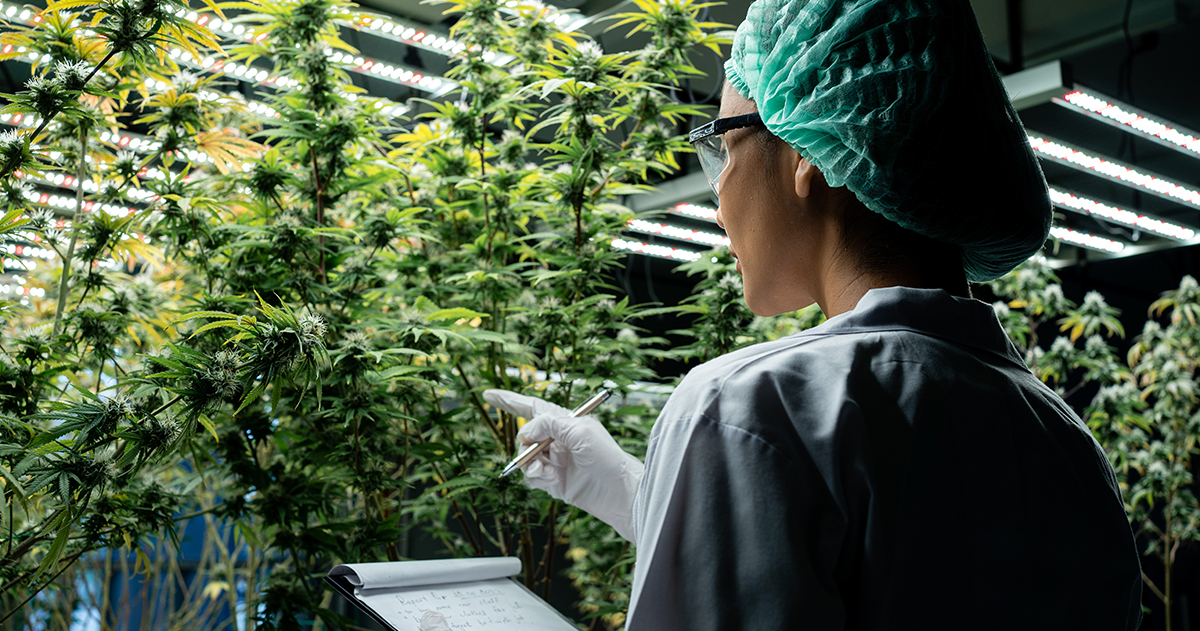
1. Understanding Cannabis and CBD:
Cannabis, also known as marijuana, is a plant containing numerous compounds called cannabinoids. Among these cannabinoids, CBD and tetrahydrocannabinol (THC) are the most well-known. While THC is psychoactive and produces the "high" commonly associated with cannabis use, CBD is non-intoxicating and has garnered attention for its potential therapeutic properties.
2. The Therapeutic Potential of CBD:
CBD has been the subject of extensive research, with studies suggesting its potential in treating various medical conditions. Among its purported benefits are:
- Pain Management: CBD has shown promise in alleviating chronic pain by interacting with the endocannabinoid system, which regulates pain perception.
- Anxiety and Depression: Research indicates that CBD may have anxiolytic and antidepressant effects, offering a potential alternative or complementary therapy for individuals with anxiety disorders or depression.
- Epilepsy: CBD gained FDA approval for the treatment of certain forms of epilepsy, notably Dravet syndrome and Lennox-Gastaut syndrome, due to its ability to reduce the frequency and severity of seizures.
- Inflammation and Autoimmune Disorders: Some studies suggest that CBD possesses anti-inflammatory properties and may modulate the immune system, making it a potential treatment for autoimmune conditions like rheumatoid arthritis and multiple sclerosis.
3. Navigating the Legal Landscape:
Despite growing acceptance of cannabis and CBD for medical purposes, their legal status remains complex and varies by jurisdiction.
- Medical Use: Many countries and states have legalized cannabis for medical use, allowing patients to access cannabis-derived products, including CBD oils, tinctures, and capsules, with a doctor's prescription.
- Recreational Use: In some regions, cannabis has been legalized for recreational use, reflecting shifting attitudes towards its consumption. However, regulations regarding THC content, purchase age, and consumption venues vary widely.
- Federal vs. State Laws: In countries like the United States, where cannabis remains illegal at the federal level, there exists a discrepancy between federal lawand state laws that have legalized its use. This creates legal ambiguities and challenges for businesses operating in the cannabis industry.
4. Challenges and Controversies:
Despite the growing acceptance of cannabis and CBD, several challenges and controversies persist.
- Lack of Regulation: The cannabis industry faces issues related to quality control, standardization, and labeling of products. Without robust regulations, consumers may be exposed to inconsistencies in product potency and safety.
- Public Perception: While attitudes towards cannabis are evolving, stigma and misconceptions still surround its use, hindering widespread acceptance and access to medical cannabis treatments.
- Research Limitations: Due to legal and regulatory barriers, research into the therapeutic potential of cannabis and CBD has been constrained. More rigorous scientific studies are needed to fully understand their efficacy, safety, and optimal dosing.
5. Future Directions:
Abs the legal and scientific landscape continues to evolve, several trends are shaping the future of cannabis and CBD.
- Medical Innovation: Continued research and development are likely to lead to the discovery of new therapeutic applications for cannabis and CBD, potentially expanding treatment options for various medical conditions.
- Regulatory Changes: Governments around the world are reevaluating their cannabis policies, with some jurisdictions moving towards decriminalization or full legalization. These regulatory changes have the potential to transform the cannabis industry and increase access to medical cannabis products.
- Education and Awareness: Efforts to destigmatize cannabis use and educate the public about its potential benefits and risks are crucial for fostering informed decision-making among consumers and healthcare professionals.
In conclusion, cannabis and CBD represent a complex and evolving landscape with significant therapeutic potential. While research continues to uncover the benefits of these substances, navigating the legal and regulatory frameworks remains a challenge. Moving forward, continued scientific inquiry, regulatory reform, and public education will be essential for maximizing the benefits of cannabis and CBD while addressing associated challenges.